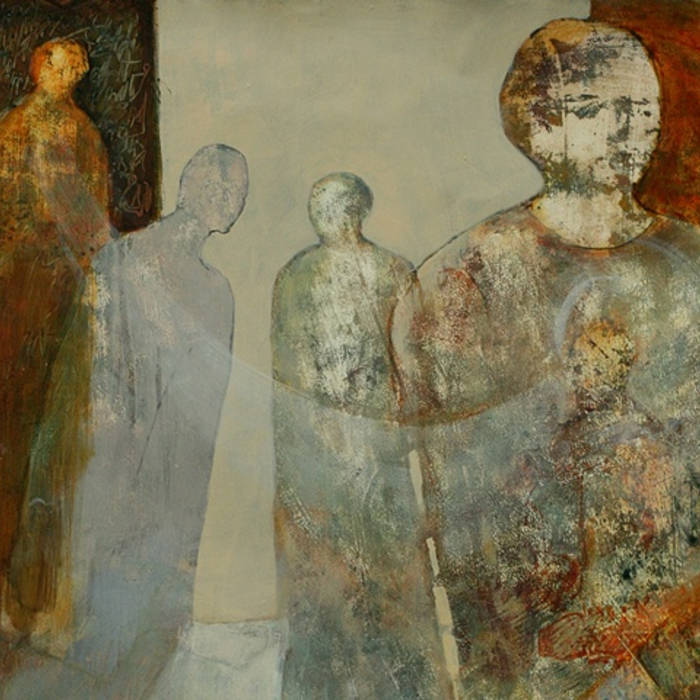


If you look at the cover, you see cameo heads, and it makes me think of antique brooches.

the cover is inspired by antiques culture here in New Orleans. I wanted a cover that’s a work of art, and. … I created an imaginary space where I had more control over time and place. In a strange way, it doesn’t matter whether you’ve been here or not. We have people coming in and out all the time, and they come because they have their own vision of what New Orleans is. The idea is that New Orleans is a tourist city. Will you talk about your decision to set We Cast A Shadow in an unnamed “City” that resembles but is not New Orleans? I have a law degree from Loyola University as well as a writing degree from the University of New Orleans. I grew up in New Orleans East and now live in Uptown. Below, Ruffin shares his thoughts on place, identity, and gentrification. The unnamed main character “wants to do the best for his son who he loves,” Ruffin says-and that desire drives him to make tough decisions. Its black denizens drive streetcars and make gumbo, but they also undergo costly, painful demelanization procedures in order to pass as white. In his debut novel, We Cast A Shadow(Penguin Random House), Maurice Carlos Ruffin paints a picture of a Southern city that feels surreal and familiar all at once.


 0 kommentar(er)
0 kommentar(er)
